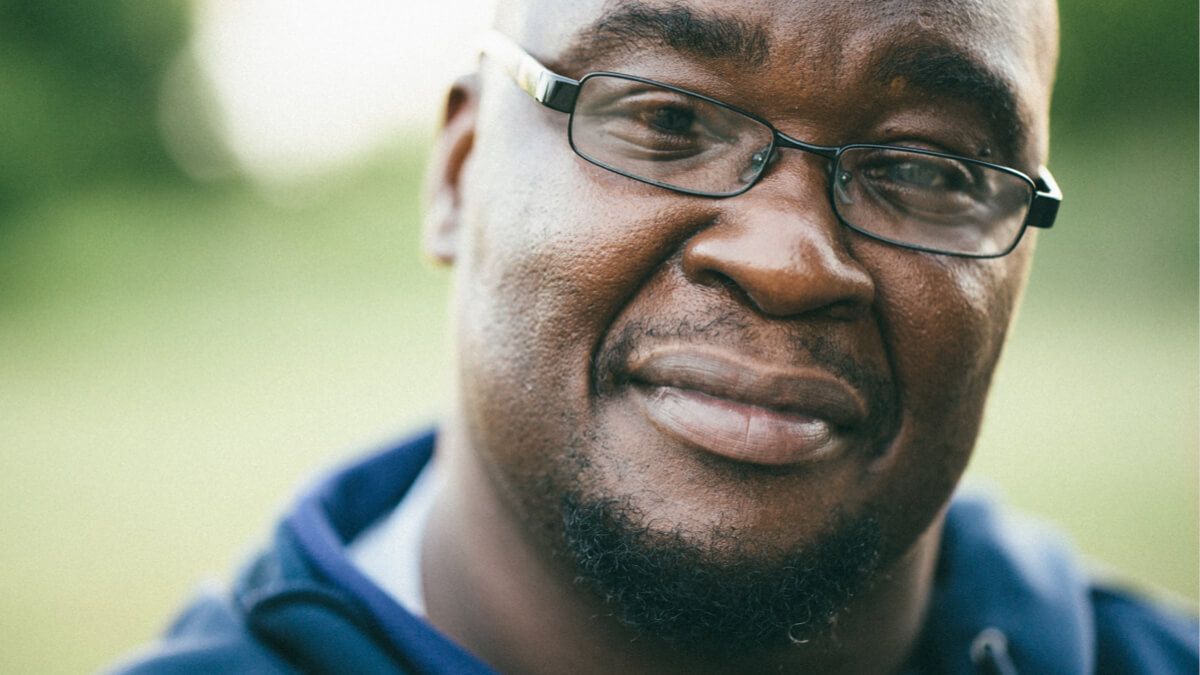Treatments
Radical prostatectomy (surgery for prostate cancer)

Surgery to remove the entire prostate is called a radical prostatectomy. This is a common way to treat prostate cancer.
Your surgeon will remove your prostate gland and some surrounding tissue, including the seminal vesicles. If the cancer has spread to nearby nerves, your surgeon will also remove some or all of those nerves to make sure the cancer is gone.
What is radical prostatectomy? How prostate cancer surgery works.
There are 2 ways a radical prostatectomy can be performed:
Laparoscopic radical prostatectomy (a type of keyhole surgery): Your surgeon will make 6 small cuts across your upper stomach. This can be done by hand or using a robot (usually the “Da Vinci” robot). The prostate will then be removed through one of the small cuts. This approach is considered minimally invasive and helps reduce damage and scarring to your abdominal wall.
Open radical prostatectomy: Your surgeon will make a cut below your belly button (about 4 fingers below). Then, they’ll go in and remove the prostate from between the bladder and urethra.
The approach your surgeon takes (laparoscopic, robotic, or open) can depend on many things but no matter which, the goal is always to safely and effectively remove the prostate gland and seminal vesicles. It’s OK to ask your surgeon which approach is best for you, and it’s also OK to then ask how many surgeries your doctor has performed.
With either approach, your surgeon will try to avoid harming the nerves that run down the left and right side of the prostate (these are the nerves responsible for erections). It can be hard to see these nerves during surgery, so your surgeon relies on their knowledge of the body to avoid harming them.
However, if your surgeon thinks the cancer has reached the nerves, they will cut them on purpose to make sure the cancer is gone. It all really depends on where the cancer is and how far it’s spread. Your surgeon will discuss their plans with you before prostate cancer surgery and you can ask any questions you need to.
Common side effects of a radical prostatectomy
Because the prostate is located right between your bladder and urethra, removing it is likely to cause some side effects.
Common side effects to prostate cancer surgery can include short-and long-term changes to your sex life, infertility, and urinary problems. Right after surgery, constipation can be expected but it should get better in the days following.
Each person may experience side effects of radical prostatectomy differently. For some people these side effects are temporary. The recovery process might get frustrating but remember that these changes happen to many individuals. There are strategies you can use to manage these side effects, so it’s important to talk to your doctor about them before and after surgery. Try to stay hopeful about the journey ahead.
Changes to your sex life
After surgery (radical prostatectomy), most individuals will experience the following:
These are also known as erectile dysfunction (ED) or impotence. All individuals will experience at least some short-term erectile dysfunction because the nerves responsible for erections are harmed during surgery. How well and how quickly your erections recover will depend on the extent of the damage to the nerves, your age, and how strong your erections were before surgery.
Surgery removes the prostate, which means you will no longer produce semen and ejaculate during sex. Although it'll feel different, orgasms can still be pleasurable.
Rubbing against the prostate can be pleasurable for the bottom partner during anal play or anal sex. Removing it means that these activities are likely to feel different after surgery for prostate cancer.
Your penis may be shorter after surgery, due to a change or loss of erectile tissue.
Loss of fertility (infertility)
If you would like to have children after surgery, speak to your doctor about saving (banking) your sperm to use later.
Urinary problems
When your surgeon takes out your prostate, this can damage the muscles and nerves that control when you urinate (pee). This is because the prostate sits right underneath the bladder and surrounds the urethra. The urethra is where urine flows through.
Stress incontinence (leaking a few drops when you sneeze, cough, or exercise).
Heavy leakage (this may require a pad to manage).
Sudden urges to urinate (pee).
Dribbling urine (pee).
This damage can lead to:
After radical prostatectomy (prostate cancer surgery), you'll need to have a catheter for up to two weeks. Once the catheter is removed, you may still experience some leaking and may need to use pads. Your nurse or care team can tell you more about this.
To give yourself the best chance of a smooth recovery with minimal side effects, exercise regularly and eat a healthy diet before surgery.
If you have a higher weight, getting fit before prostate cancer surgery might help speed up your recovery. Starting pelvic floor (or Kegel) exercises before radical prostatectomy can also help reduce any urinary problems afterwards. Your doctor may advise you on having regular bowel movements, to avoid constipation.
Before surgery, talk to your doctor or care team about how best to prepare and what to expect.